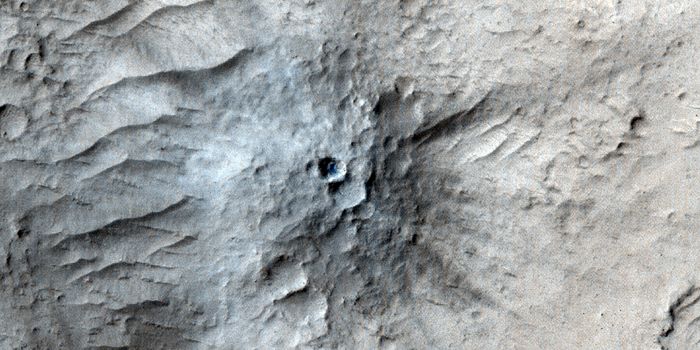Greenland's Summer Melt Helps Scientists Track Sea Level Rise
This summer, the Greenland Ice Sheet experienced a significant melting event not seen since 2002, mainly due to the heatwave that swept through most of Europe. According to Science, subsurface ice melt combined with warm Atlantic waters to cause a massive swell of meltwater and also a rare opening in the Helheim Glacier. Although an alarming event, this opening allowed scientists to directly sample the waters below the glacier, an otherwise daunting task.
Fortunately, scientists were already in the region, including Fiamma Staneo—a physical oceanographer from Scripps Institution of Oceanography in San Diego, California. Staneo and other researchers visited the Helheim Glacier this summer as part of a 4-year project to track the glacier and observe the warm waters below. The recent visual article from Science Magazine details the researchers' experiences and work, which is also summarized in the video below.
Science details each research component, including drilling into the pre-ice snow—known as firn—to measure how much Helheim grows through storms, monitoring hidden fractures with seismometers, and using autonomous lasers to record calving events. The team expects work to continue through 2022.
Their work contributes to the essential establishment of a long-term observation system of Greenland's most prominent glaciers. According to Science, the island's ice sheet holds enough water to cause 7 meters of sea level rise—or 25% of total global sea level rise and twice that of Antarctica's contribution. In addition to sea level rise, the melt will impact sediment discharge, ocean circulation, sea-ice, biogeochemistry, and marine ecosystems surrounding Greenland.
However, scientists have not yet been able to estimate how quickly melting will occur. The establishment of this long-term observation system will allow researchers to cite patterns and create projections to help to remove some of the uncertainty surrounding the timeline of melting throughout Greenland. In an article published earlier this year in Frontiers in Marine Science detailing the need for such an observation system, Staneo and fellow authors suggest that observation system will consist of a "set of ocean, glacier, and atmosphere essential variables to be collected at a number of diverse sites around Greenland for a minimum of two decades."
Sources: Science Magazine, Frontiers in Marine Science








